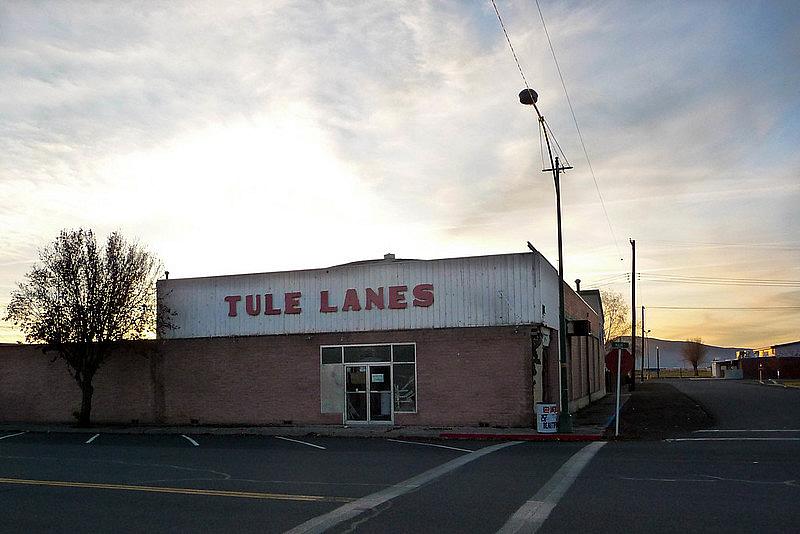Will California’s Medicaid expansion reach the ‘hardly reached’ in California’s far north?

Photo by Michael McCullough via Flickr/Creative Commons
Do you know anything about Medi-Cal, California’s Medicaid program? “Sabe algo de Medi-Cal?”
“No… nada.” No. Nothing.
In October, we traveled to Tulelake in California’s far northern Siskiyou County, to talk to undocumented farmworkers about their experience with health care. Across the board, in interviews with close to a dozen individuals, the response was near universal.
“No, I’ve never heard of it.”
Beneath the majestic natural beauty that defines so much of California’s rural north lies the unsettling reality that for many, access to quality health care is difficult at best. The region consistently ranks at or near the bottom across a range of indicators, from premature death to higher-than-average poverty levels. It has a severe shortage of physical and mental health care providers.
For the region’s undocumented population, a lack of information adds an additional barrier to accessing care.
These sobering realities cast a shadow over this historic moment, as California becomes the first state in the country to make health care available to all its residents regardless of immigration status. The state is in the midst of an unprecedented expansion of its health insurance program for low-income people. Starting with a law signed by Gov. Jerry Brown in 2015, undocumented immigrants have been slowly phased into the Medi-Cal system, beginning with children and teens and later older adults and seniors. On January 1 of this year, the state added undocumented immigrants ages 26 to 49 to its eligibility list.
California should be lauded for its efforts to expand health coverage for all its residents. But in the vast media desert that in the northern part of the state, where marginalized communities often exist in extreme isolation, few of those who stand to benefit the most are even aware of the Medi-Cal expansion.
In interviews in Siskiyou and later in Butte and Sutter counties, many farmworkers said they were forced to pay out of pocket for health care needs or simply ignored debilitating ailments for fear of missing work.
Almost no one knew about Medi-Cal, much less it’s expansion, and how it could increase access to potentially lifesaving services.
Dr. Sergio Aguilar-Gaxiola, director of the UC Davis Center for Reducing Health Disparities, calls these communities “hardly reached” as opposed to “hard to reach.” Farmworkers here often work long, backbreaking hours, in majority white and conservative rural regions. Many choose to keep their heads down, and are fearful of having their immigration status outed.
In some cases, a deeply rooted cultural antipathy toward western medicine adds to the difficulty of reaching these populations.
“You’re going to build this new health care like the ‘Field of Dreams,’ but the question is: Will they come?” said Aguilar-Gaxiola during a recent media briefing on Medi-Cal’s expansion. “They won’t take advantage of these services unless you know how to communicate them.”
He continued: “This is a tremendous need. Meeting it requires more than goodwill and wanting to do the right thing. In order to reach these populations, building trust is front and center.”
Aguilar-Gaxiola’s center regularly collaborates with area nonprofits, local departments of public health, and managed care providers tasked with overseeing Medi-Cal’s expansion at the county level.
Our reporting, supported by a grant from the 2024 California Health Equity Impact Fund, will look at where and how these efforts to reach new Medi-Cal enrollees are succeeding and where they are falling short.
Our hope with his project is to first and foremost put information into the hands of those communities who need it most through a combination of digital and more traditional print media strategies. As important, we’d like to help shed light for stakeholders at the local and state level on challenges and opportunities at this pivotal moment in a region often left out of the broader California narrative.


